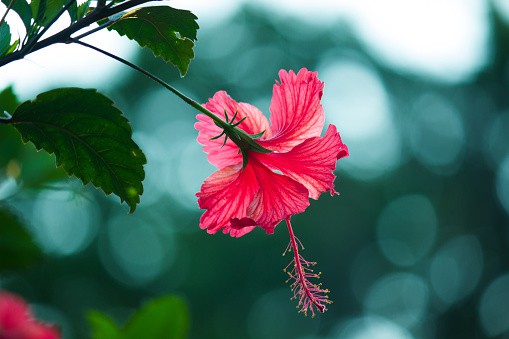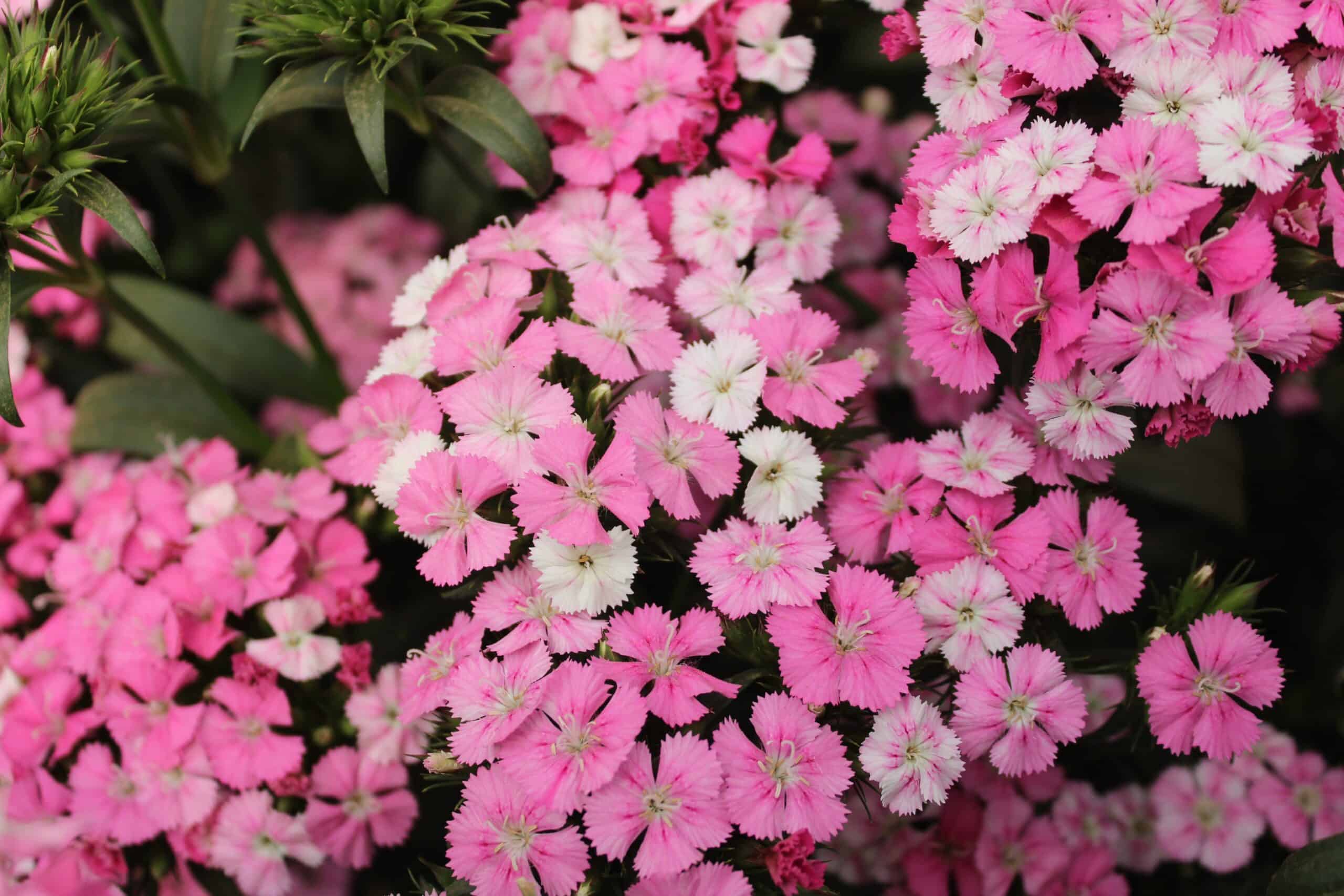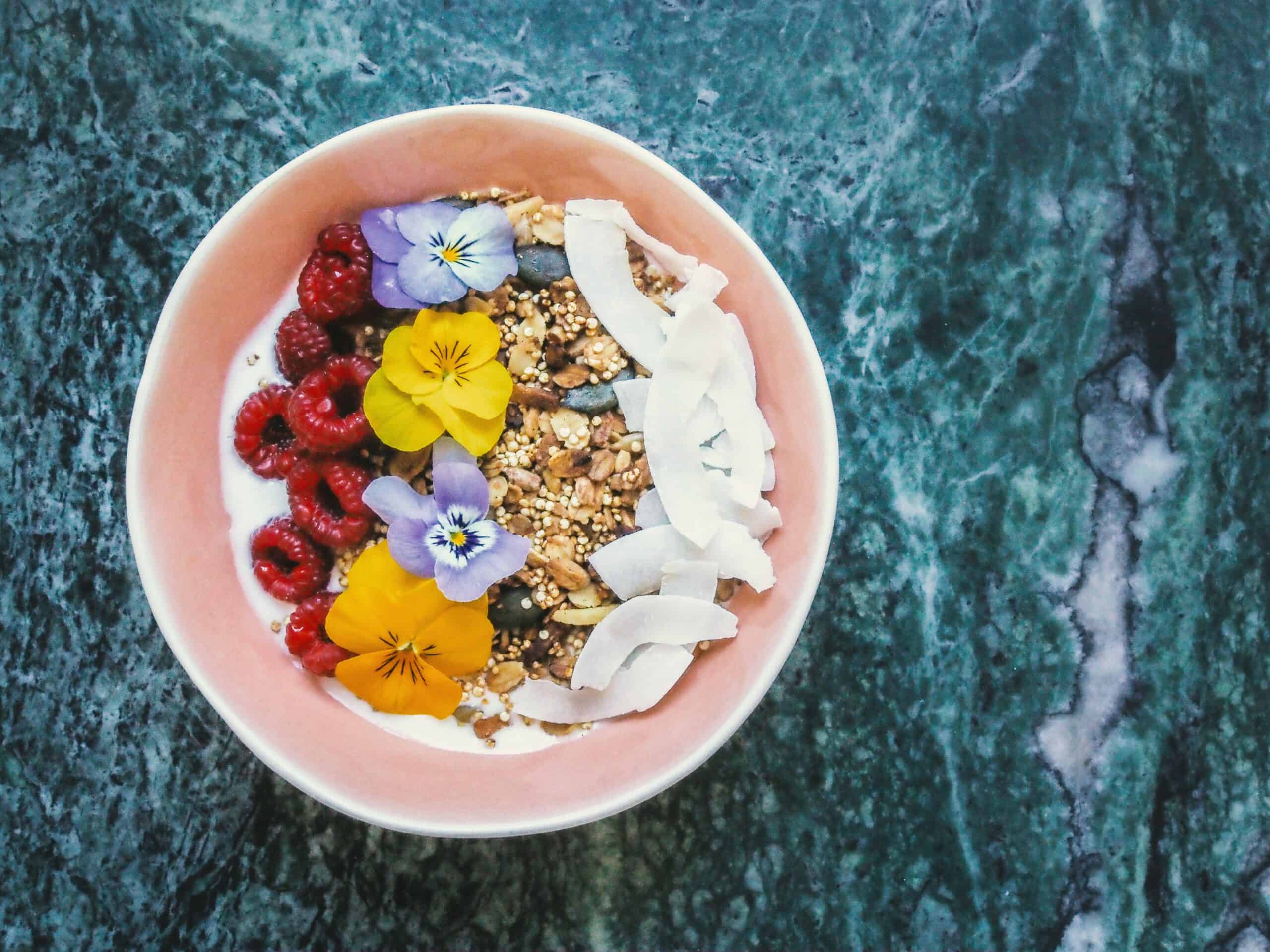Hibiscus is a large family of flowering plants native to tropical and subtropical regions. The genera consists of several hundred species, ranging from annuals to perennials to woody shrubs and small trees. The most common species have a tendency to have large and exotic flowers which come in a variety of colors, often with prominent stamens. This flower is also commonly referred to as the Rose Mallow.
Etymology
The name “hibiscus” is derived from the Greek word híbiskos, which means “mallow”. The scientific name for this family of flowering plants is Malvaceae. It was first described by Carl Linnaeus in 1753.
Meaning and Symbolism
The hibiscus has a long history of being used as both a symbol of beauty and prosperity. In some cultures, it is even believed to bring luck and fortune. In China, white hibiscus are believed to be a symbol of wealth and power. The flower is associated with love, beauty, honor, and courage. In Hawaii, they are an emblem of royalty and in Egypt, they are used to signify female beauty.
History, Mythology, and Religions
Hibiscus have many cultural and religious ties. In Ancient Egypt, the hibiscus was a symbol of fertility and immortality, and was once thought to point the way to the afterlife. In the Bible, hibiscus was used to express joy and as a symbol of God’s presence. The Aztecs revered the plant for its brilliant colors and beautify, and it was also a prominent symbol in Indian, Mayan, and Aztec cultures.
Flower Varieties and Their Characteristics
There are many varieties of hibiscus plants, including perennials, biennials, and annuals. Here are some of the most popular varieties of hibiscus and their defining characteristics:
- Hibiscus moscheutos (Rose Mallow): This variety produces large, exotic, crepe-textured flowers that range in color from pink to red. It is one of the most popular varieties, as it is both showy and long-lasting.
- Hibiscus sabdariffa (Roselle): This variety produces tart, edible magenta-colored flowers. It is often used in making tea and jams.
- Hibiscus syriacus (Lavender Rose of Sharon): This variety is popular for its abundant and fragrant lavender flowers. It is a deciduous shrub that can grow up to 10 to 15 feet tall.
- Hibiscus mutabilis (Confederate Rose): This variety gets its name from its large, double flowers that range from creamy white to deep pink. The flowers begin to change color as they age, resulting in a multicolored, showy display.
Soil, Light, and Temperature Requirements
Hibiscus prefer warm temperatures and indirect sunlight, making them popular plants for both indoor and outdoor settings. For a healthy, vibrant look, it is best to plant them in a soil that is rich in organic matter, such as compost. They should be watered regularly, keeping the soil moist but not soggy. The pH level of the soil should range from 6.5 to 7.5 for optimal growth.
Pott
When potted, Hibiscus should be placed in a pot with holes in the bottom to help drainage. The pot should be two to four inches larger than the base of the Hibiscus and filled with a mixture of compost and potting soil and with some slow-release fertilizer. Place the Hibiscus in the middle of the pot and fill the sides around it with potting soil. Water the plant until the pot is dripping water before placing it back in the desired location.
Pruning
Hibiscus should be pruned at least once a year. This will keep the plant healthy and encourage new growth. When pruning, look for dead or damaged branches and remove them. Prune branches that are covering the base of the flower, as well as any that are older than three years. Prune the stems of the flower back to the desired size and shape, making sure to leave at least a couple of inches of stem for new growth.
Propagation
Hibiscus can be easily propagated by cuttings or seeds. To take a cutting, snip a healthy piece of the Hibiscus stem with sharp shears. Make sure to make the cutting at an angle and remove any excess leaves or flowers. The cutting should be placed in a moist, sterile potting mix and placed in a warm spot with indirect sunlight. Water the potting mix regularly, keeping the soil moist. The cutting should develop roots in several weeks. To propagate by seed, the process is similar, but can take longer. The seeds should be sown directly in the soil in the spring or summer and kept moist until the seedlings emerge.
Common Pests and Diseases
Hibiscus are susceptible to various pests, such as aphids, mites, and whiteflies. In addition to being pests, these insects can spread plant diseases, such as powdery mildew and black spot. To prevent damage from pests, it is best to regularly inspect the plant for signs of infestation and, if necessary, to apply an insecticidal soap. To prevent diseases, make sure to plant Hibiscus in a sunny spot and to water from below, keeping the leaves as dry as possible.
Frequently Asked Questions
Q: Does Hibiscus need a lot of sunlight?
A: Hibiscus prefer indirect sunlight, so it’s best to avoid excess direct sunlight. However, they do need adequate bright light to show their fullest potential and to flower profusely.
Q: When is the best time to prune Hibiscus?
A: Pruning should be done in late autumn or early winter. This will allow the plant to flower in spring and summer. Be sure to prune away any dead or damaged stems from the plant.
Q: How often should Hibiscus be watered?
A: Hibiscus should be watered regularly, keeping the soil moist but never soggy. During warmer months, water more often, and in colder months, water less often. Generally, Hibiscus should be watered once a week.
Facts
| Hibiscus: | Hibiscus |
| Family: | Malvaceae |
| Plant Type: | Perennial, Biennial, Annual |
| Mature Size: | Varies, from 2 inches to 12 feet tall |
| Sun Exposure: | Indirect Sunlight |
| Soil Type: | Organic-rich, well-drained soil |
| Soil pH: | 6.5 – 7.5 |
| Bloom Time: | Varies, depending on variety |
| Flower Color: | Varies, from white to magenta to yellow |
| Hardiness Zone: | Varies, depending on the variety |
| Native Area: | Tropical and subtropical areas |
What we love from Amazon this week
Buy these wonderful flowers directly from Amazon:














